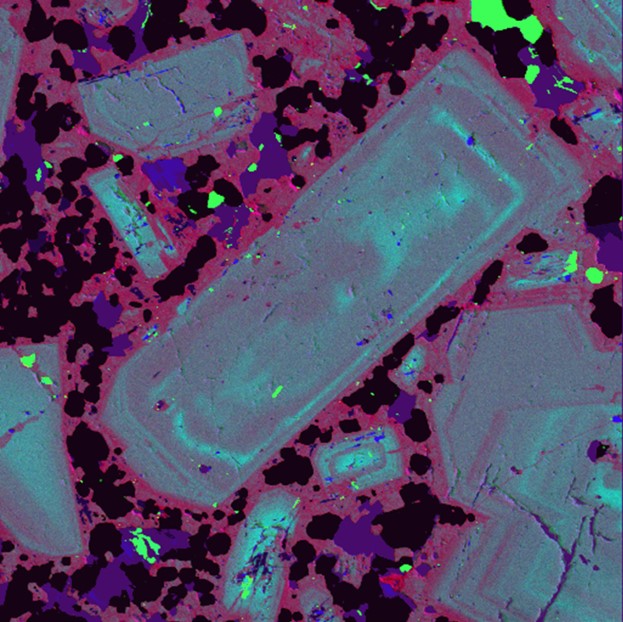Profile
Prof Ben Williamson
...Porphyry Cu deposits
Porphyry deposits provide most of the world's copper and large proportion of its molybdenum, gold and other important metals and are therefore vital to the global economy. Large porphyries, however, are extremely rare and because most near surface deposits have been discovered, are increasingly difficult to find. The main aims of my research are to gain a better understanding of how porphyry deposits form and to develop new approaches for finding them.
From Arc Magmas to Ores - FAMOS project
Five year (May 2017-April 2022), multi-partner NERC-funded research project, led by the Natural History Museum, London, to develop new exploration tools that will help locate metal resources in volcanic arcs by understanding the fundamental processes involved in cycling magmas, fluids and metals in these zones.
I am contributing to the following work packages:
- Extracting and focussing fluids - Working with PhD student Lawrence Carter on porphyry deposits in the Yerington District of Nevada
- The barren comparator: The Japan Arc - Working with colleagues at the Natural History Museum, London and Kyushu University, Japan, on samples collected during a field campaign in 2017, funded by the Daiwa Foundation. The main aim is to test the plagioclase discriminator for porphyry-fertile systems developed by Williamson et al. (2016).
The plagioclase discriminator - This was developed by comparing the chemical compositions of minerals from magmatic systems hosting porphyry deposits with those which are barren, and then by undertaking a case study of a major new porphyry discovery in Chile. The project has shown that the mineral plagioclase from magmatic systems hosting porphyry deposits has distinctive chemical characteristics which can be used as one of a suite of indicators to target porphyry deposits. Unravelling the causes of the distinctive chemical signatures has also brought new insights into porphyry deposit formation, and, more generally, mechanisms of calc-alkaline magmatism which is an important contributor to crustal growth.

False colour image of magmatic rock which formed a large porphyry copper deposit in Chile. The blue areas are the
mineral plagioclase which was the focus of the study (field of view 2 mm).
